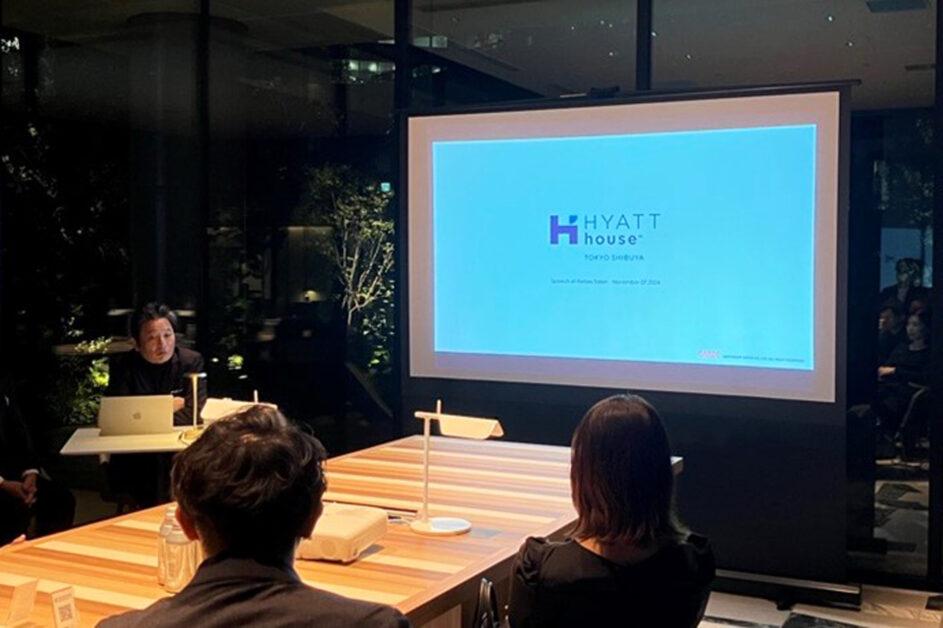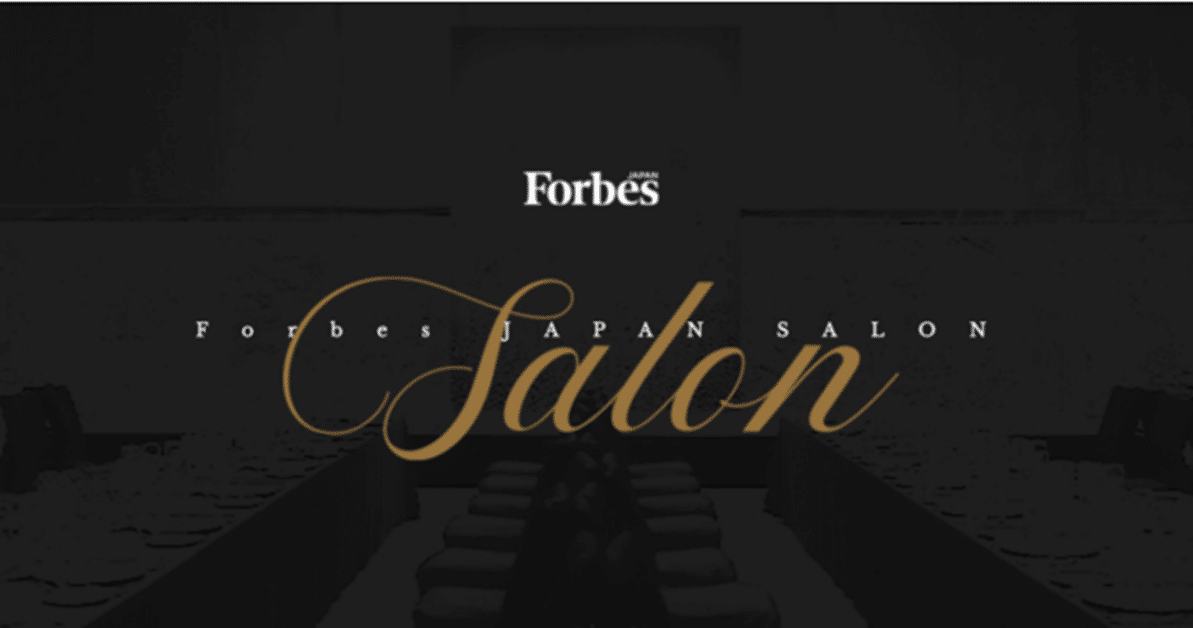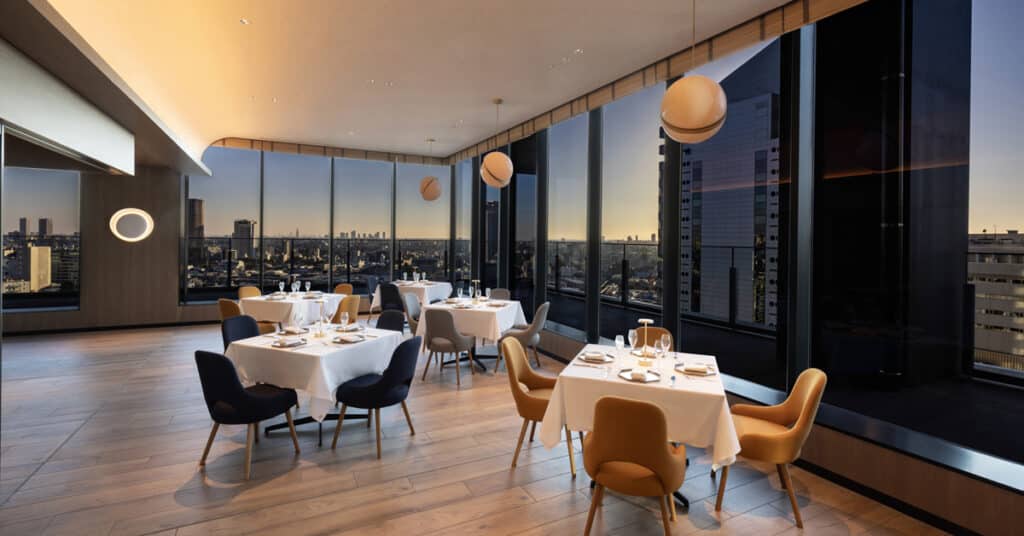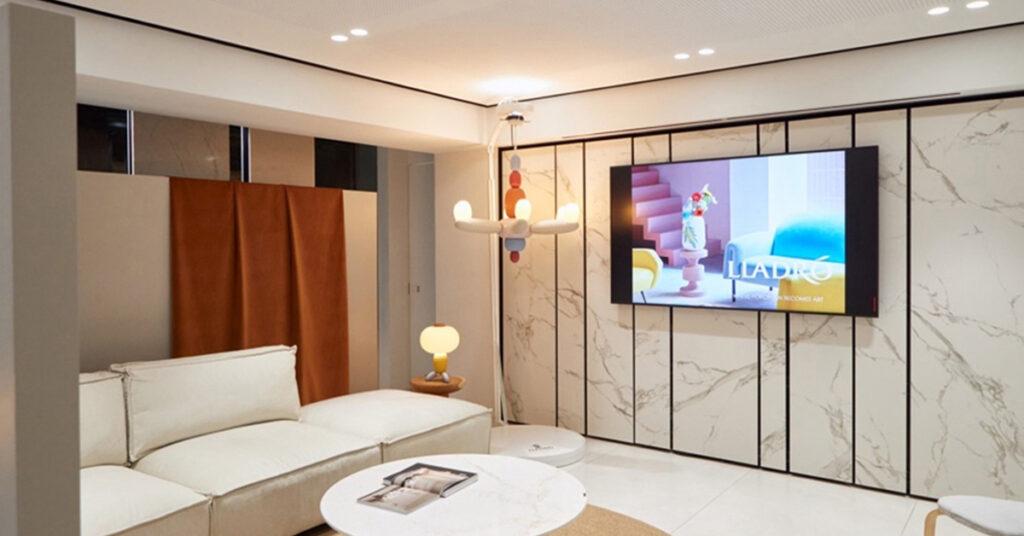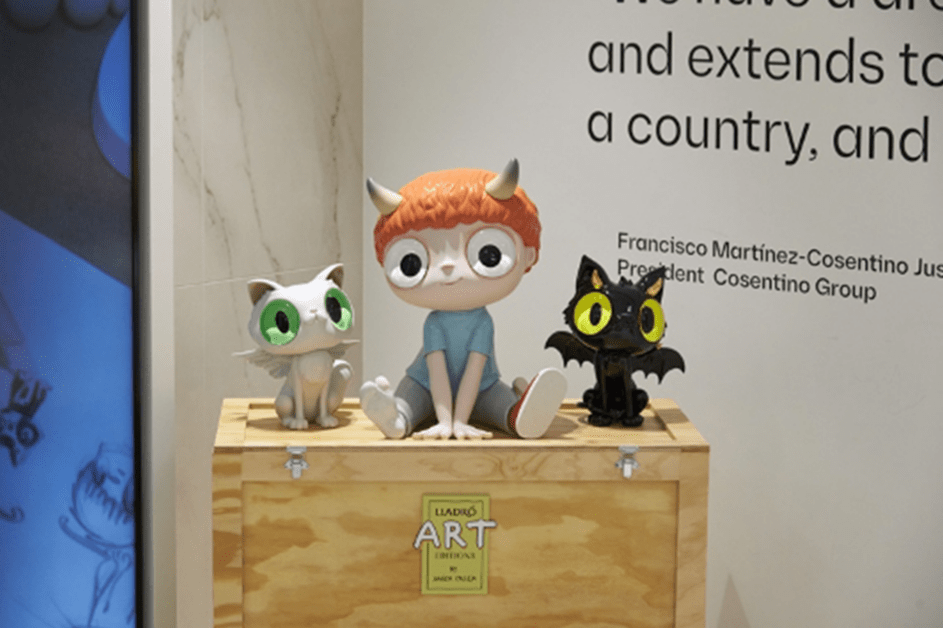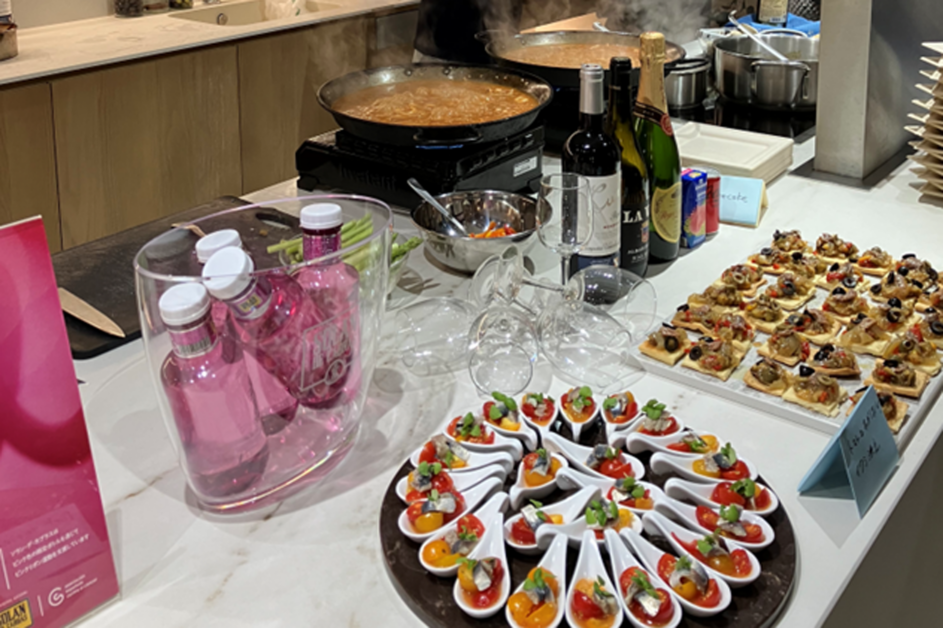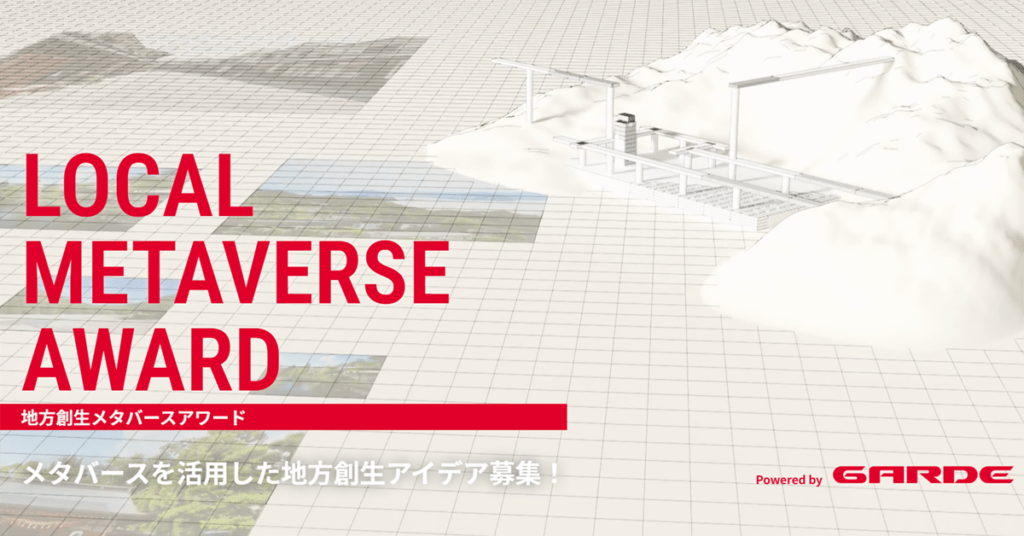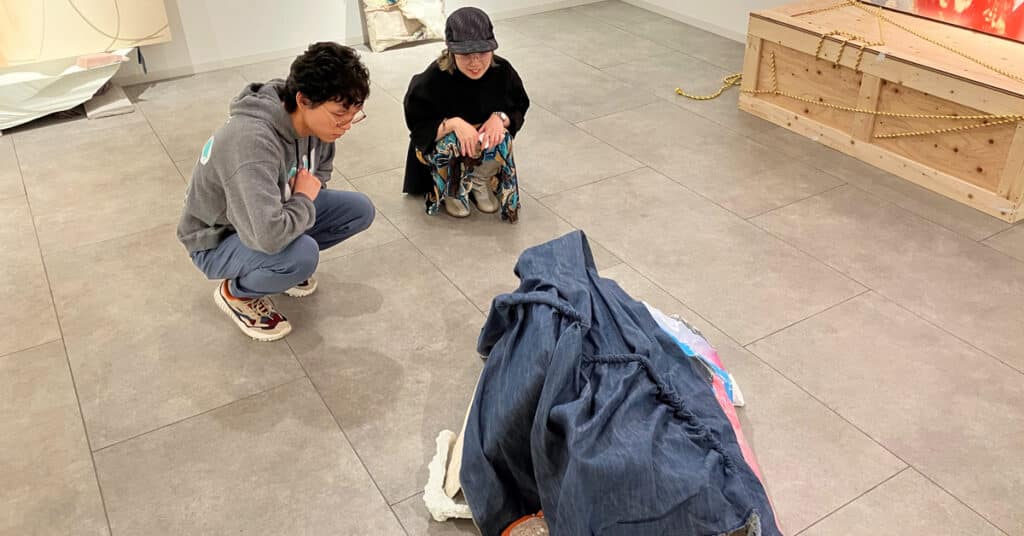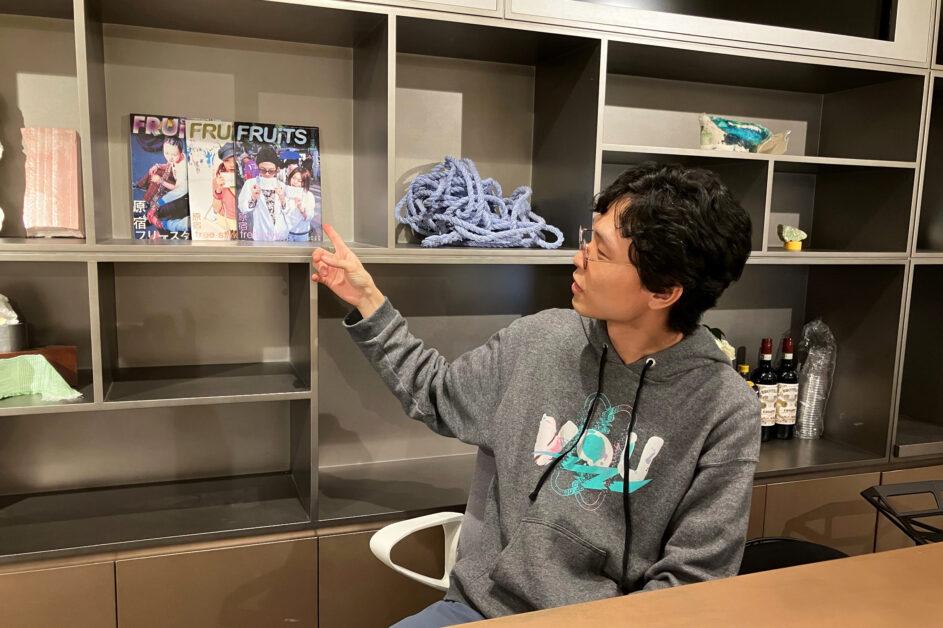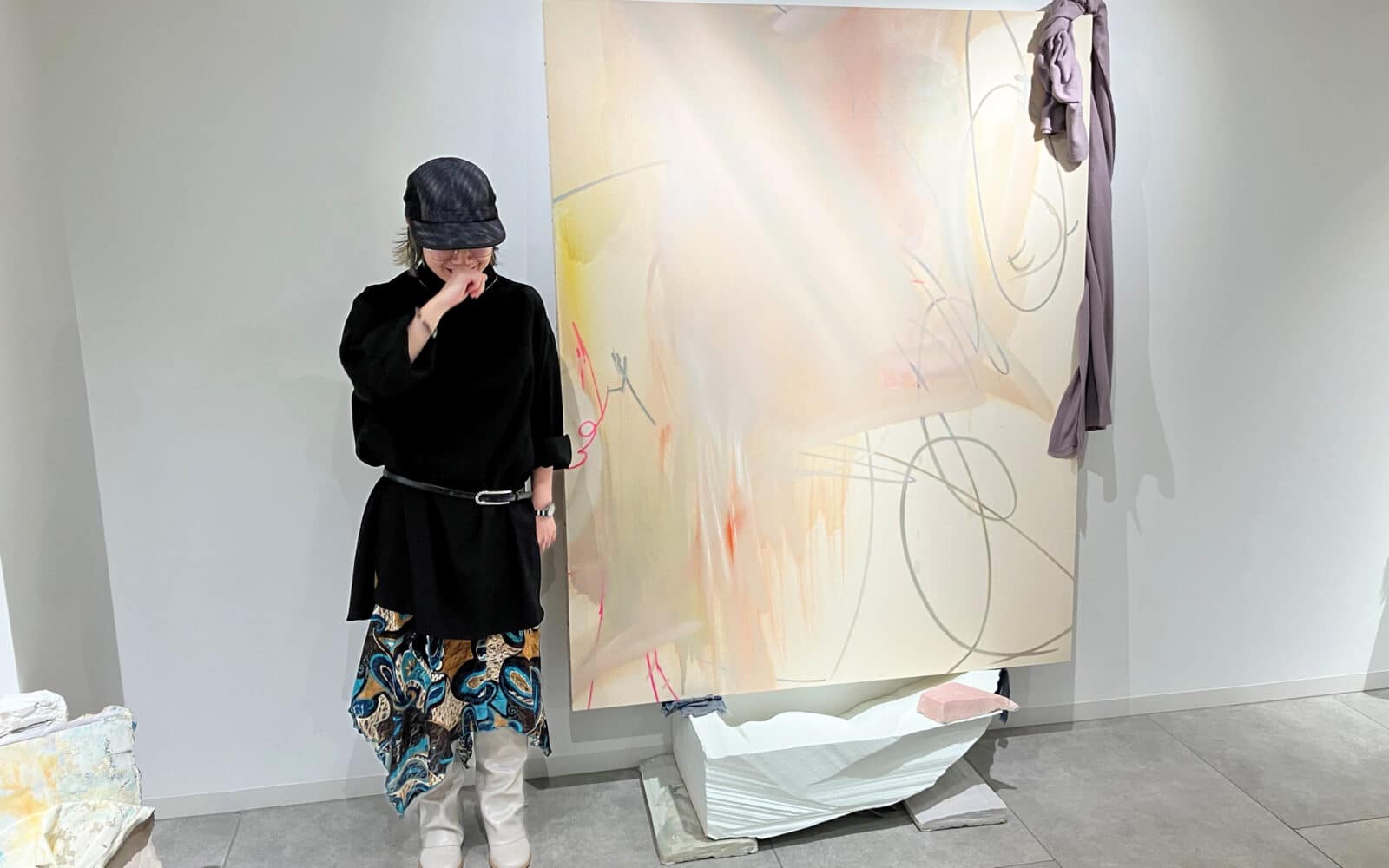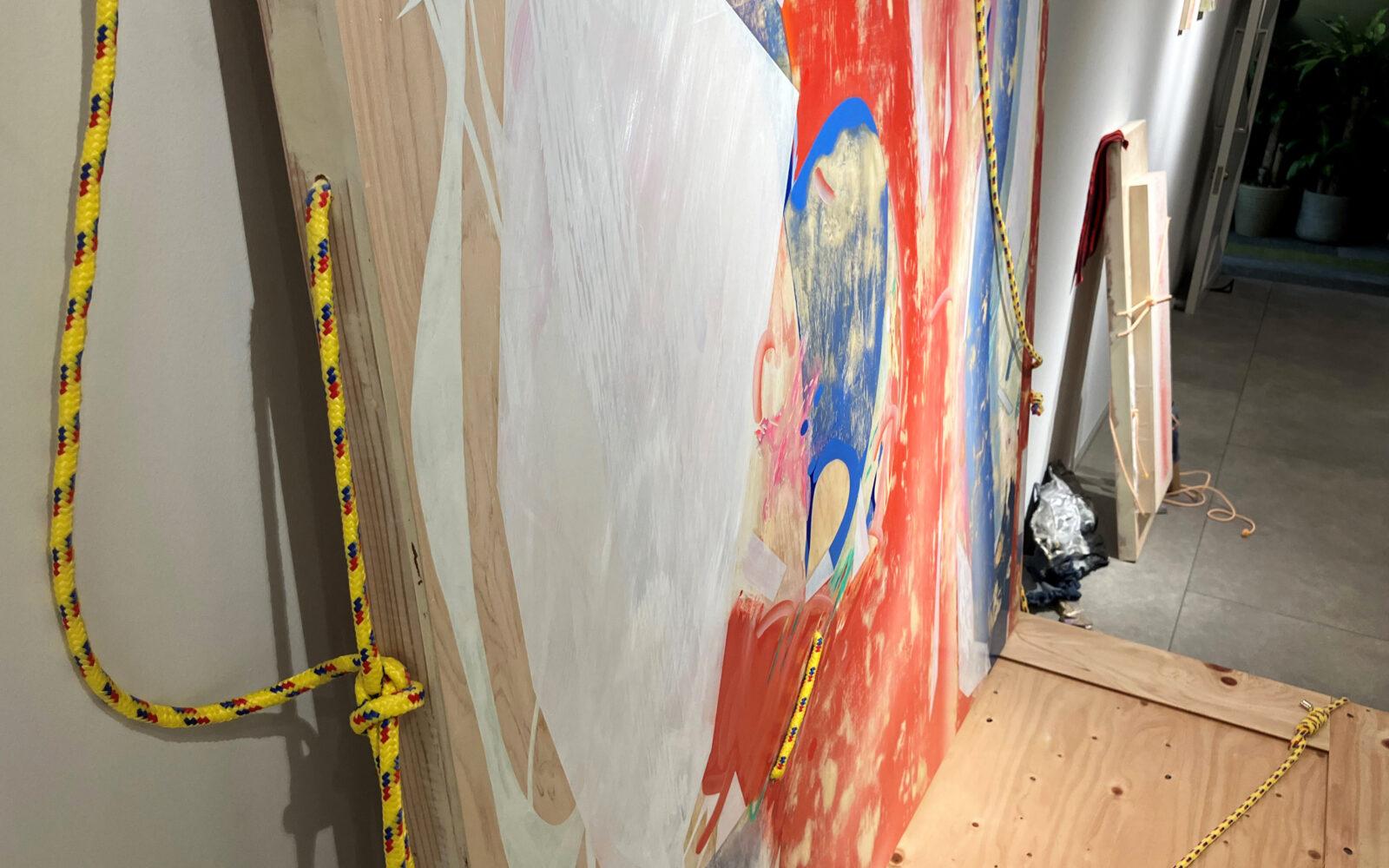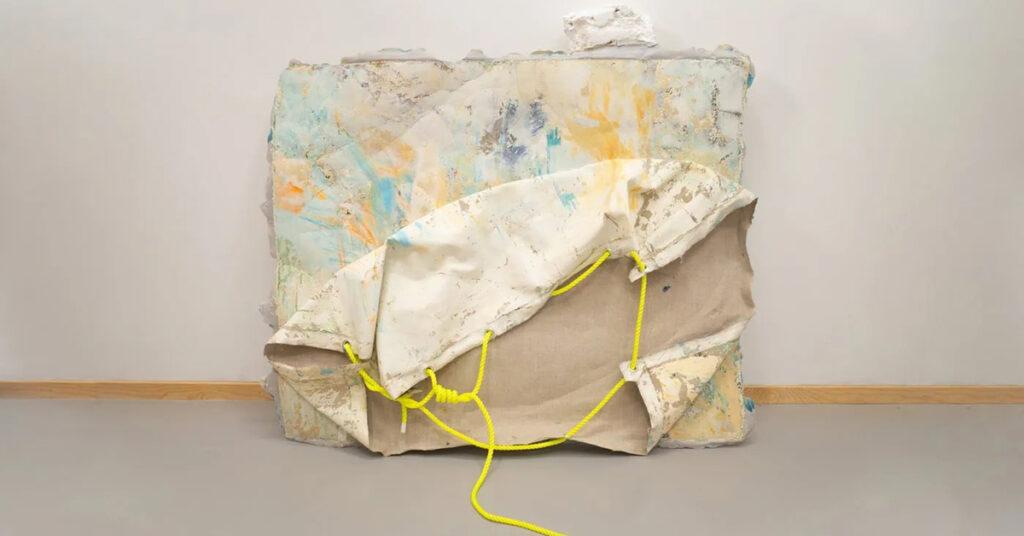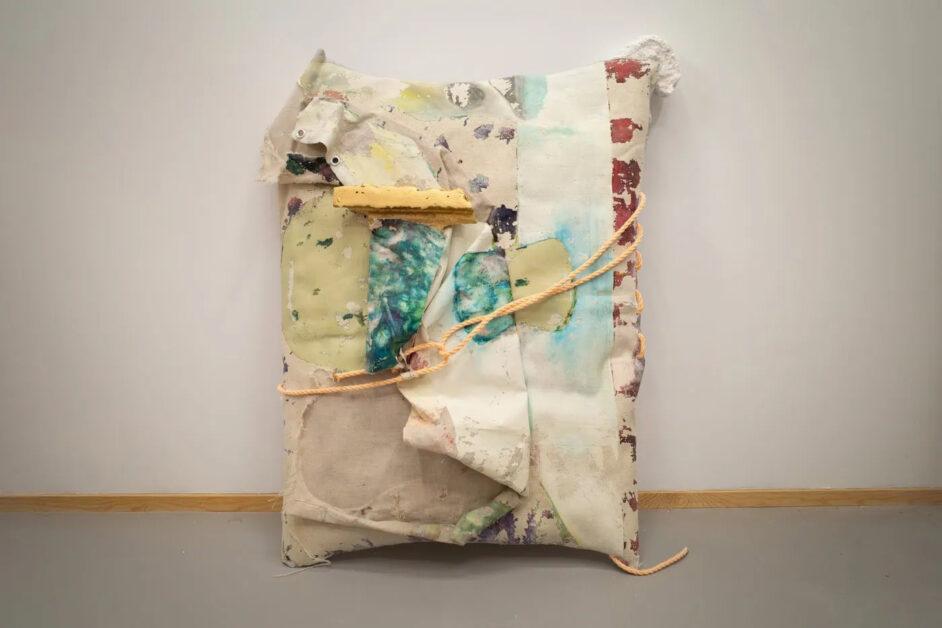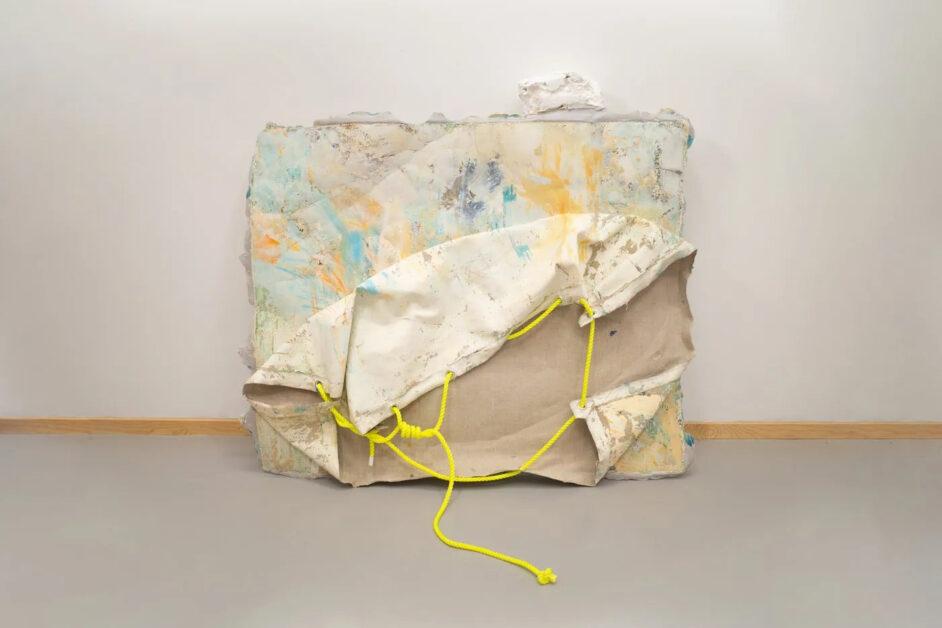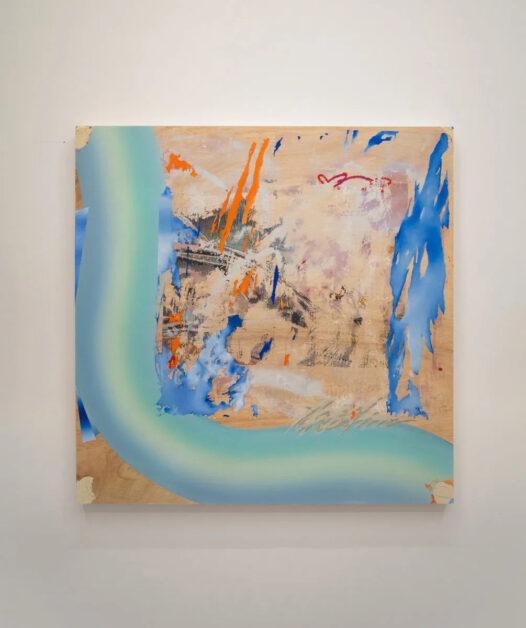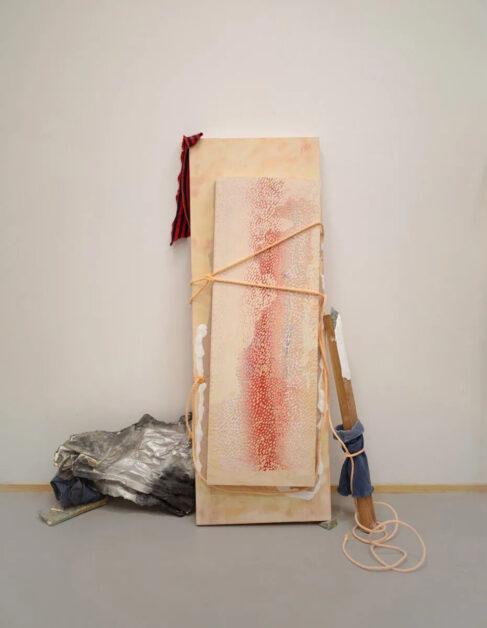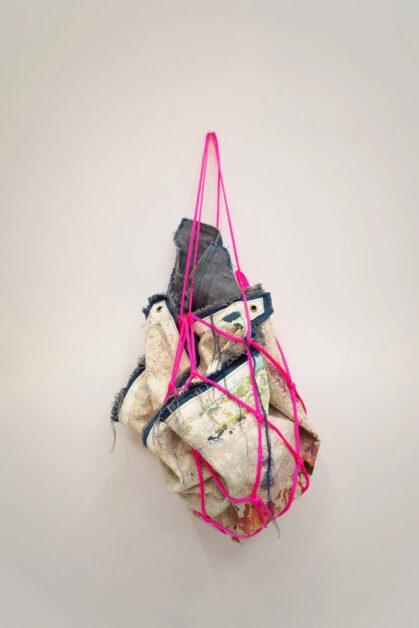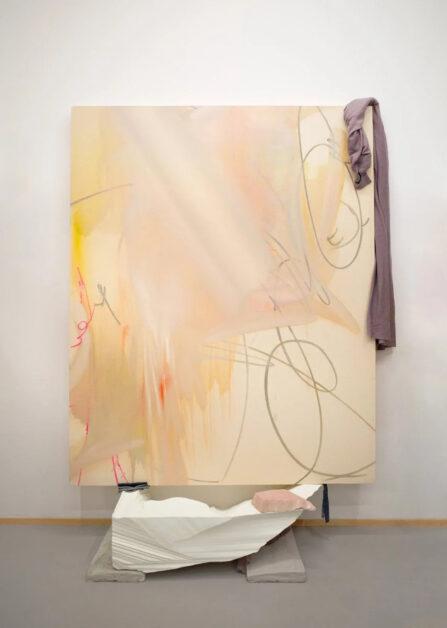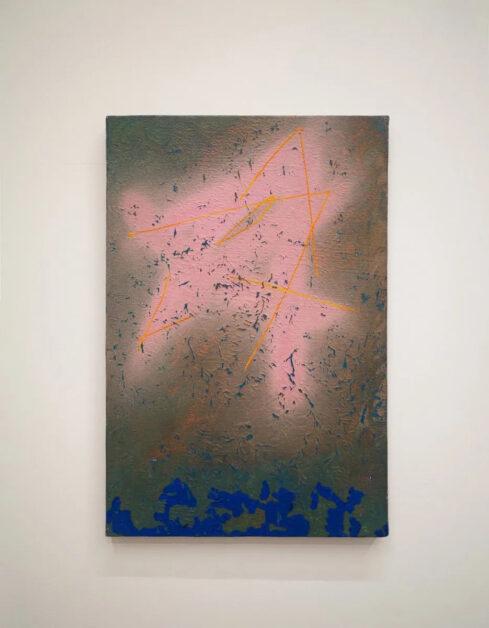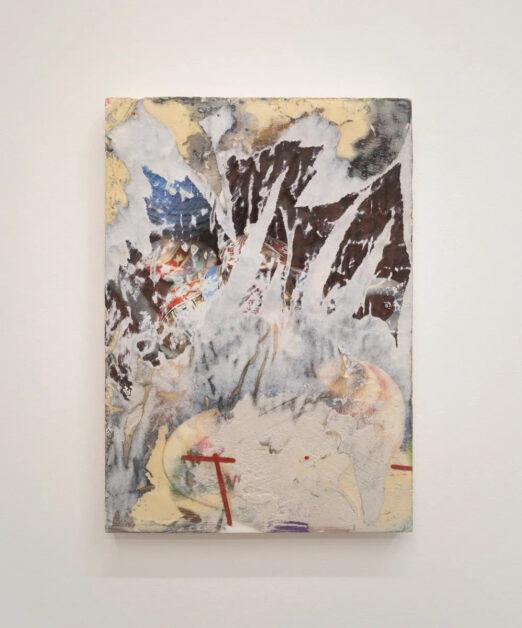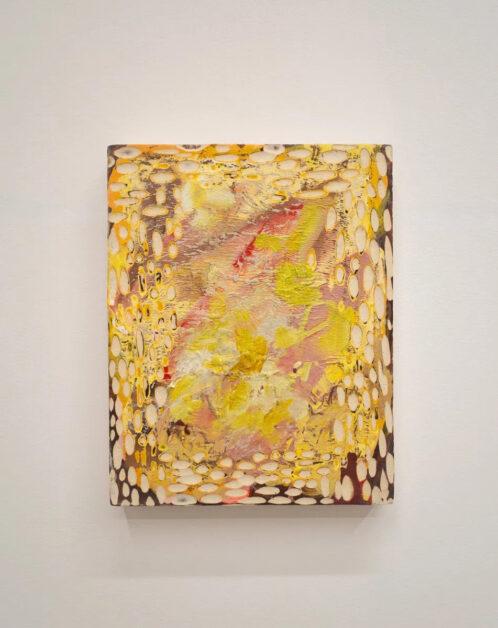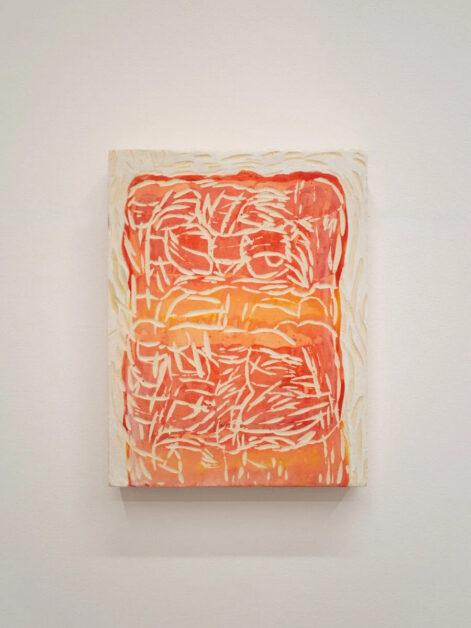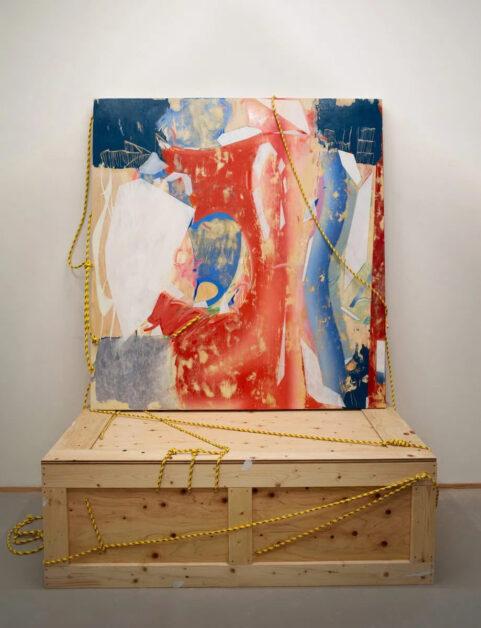GARDE is celebrating its 40th anniversary by launching the “Metaverse Award for Regional Revitalization.” This award recognizes initiatives that contribute to the revitalization of local communities.
The award aims to support the growth of local economies and cultures by combining demand from local governments with the creative power of designers to promote regional attractions through metaverse technology. Creative ideas for regional revitalization will be accepted on the dedicated GARDE website starting November 1, 2024.
A New Stage of Local Revitalization
In recent years, local governments have faced numerous challenges, such as population decline, aging demographics, and shrinking local economies. Traditional approaches alone often fall short in addressing these issues, which is why new solutions leveraging digital technology—especially innovative technologies like the metaverse—are gaining traction. The metaverse allows local attractions to be showcased in virtual spaces, reaching a broader audience at a low cost.
Moreover, addressing local issues requires collaboration beyond local governments; it calls for the involvement of creative individuals with fresh perspectives and innovative ideas. Through this award, we believe local governments can gain new insights into solving challenges while benefiting from expertise in local branding and design perspectives. We aim to provide creators with opportunities to contribute to local regions by applying their creative talents, while also supporting the discovery and development of new talent.
Fusion of Local Revitalization and Metaverse
With the evolution of digital technology, the metaverse—a new virtual space—has attracted worldwide attention. The metaverse is more than a platform for entertainment and interaction; it holds the potential to create significant value for society, the economy, and regional communities. Regional revitalization faces numerous challenges, such as depopulation, stagnant local economies, and the preservation and promotion of traditional culture and natural resources. To address these issues, we must harness the power of digital technology to share local attractions globally and generate new value.
This project aims to leverage the metaverse platform to rediscover the appeal of rural areas in a digital space, creating new connections between suburban and urban areas—and even reaching audiences overseas. At GARDE, we aim to design spaces and experiences within the metaverse that embody the spirit of local regions, offering visitors an interactive and immersive experience. Through these experiences, we hope to inspire increased interest in rural areas and create new opportunities for in-person visits, allowing visitors to virtually engage with local culture, traditional crafts, and natural resources in a near-realistic way.
GARDE will explore the potential of metaverse technology by applying its extensive experience in luxury space design—gained mainly in urban centers—toward the revitalization of rural regions. This approach aims to offer a fresh perspective on metaverse projects, which currently report a 10% success rate, opening new avenues for regional revitalization. Our goal with this award is to drive innovation in regional revitalization by merging digital technology with creative ideas, contributing to solutions for local challenges. We are committed to supporting highly effective projects with potential collaborations with local governments.
For further information and application procedures, please visit the official website:
https://garde-metaverse-award.com/
“Regional Revitalization × Metaverse” Project Overview
●Call for Ideas●
The award invites ideas on a wide range of themes, including:
- Tourism Development
- Sports Promotion
- Sales of Specialty Products
- Promotion of Settlement
- VR Work Experience
- Other innovative ideas for regional revitalization
●Application Overview●
Theme: Proposals on achieving “regional revitalization” using “metaverse technology.”
Application Period: November 1, 2024 – April 30, 2025
Eligibility: Open to individuals or groups, with members high school age or older, residing in Japan as of November 1, 2024. All members of a group must meet these criteria, and joint applications require consent from all group members.
Entry Limit: Each applicant (individual or group) may submit only one entry, either independently or in collaboration with a municipality.
Application Requirements: Applicants must agree to the Rural Metaverse Award Application Guidelines when submitting.
Award Structure:
Grand Prize (1 winner): 3,000,000 yen
Outstanding Performance (1 winner): 1,000,000 yen
Local Government Prize (4 winners): 250,000 yen
Judging will primarily take place privately within GARDE. The award ceremony details will be announced later.
Official Award Website: https://garde-metaverse-award.com/
●Schedule●
Application Period Begins: November 1, 2024
Application Deadline: April 30, 2025
Winners Announcement: May 15, 2025
Award Ceremony (tentative): Late May – Early June 2025
♦Comment from Representative♦
“In recent years, the rapid evolution of digital technology has enabled new experiences that blend the real and virtual worlds. The metaverse, among these advancements, holds immense potential to surpass the concept of virtual space and become a platform for social and economic activities. Particularly in regional development, the metaverse draws attention as a tool that transcends geographical boundaries, promotes local attractions domestically and internationally, and creates new value.
At GARDE, our aim is to support new community and business models by crafting spaces within the metaverse that are deeply connected to local communities. Drawing on years of experience in spatial design, we launched this project to explore how local culture, climate, and traditions can be expressed in the metaverse to generate fresh value. This project not only contributes to local community creation but also seeks to identify future creators. Through encounters with innovators capable of generating boundary-breaking ideas and designs, we aspire to unlock new possibilities for showcasing regional appeal and elevating local areas in the digital space.”
— Award Producer, Misawa
